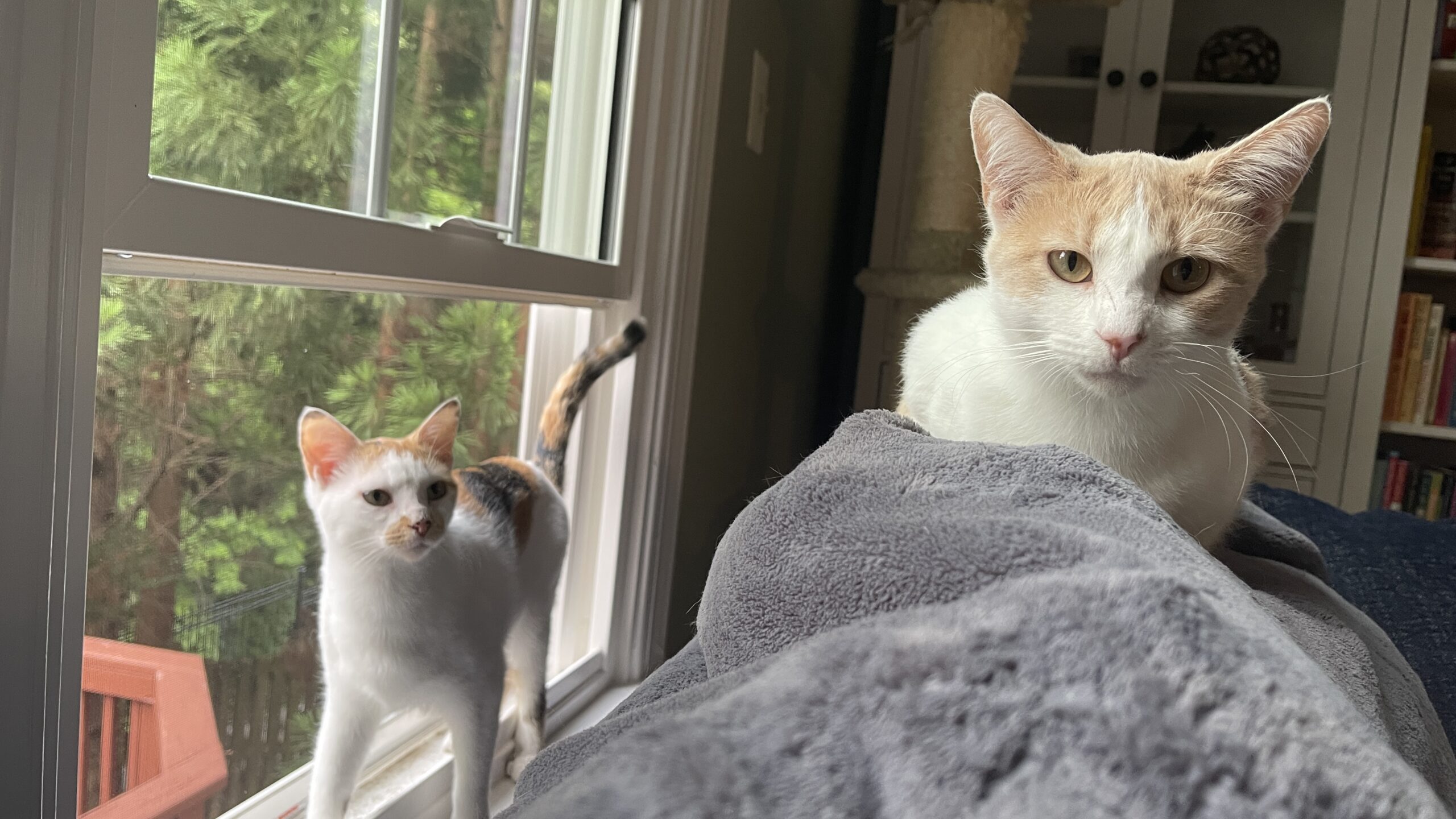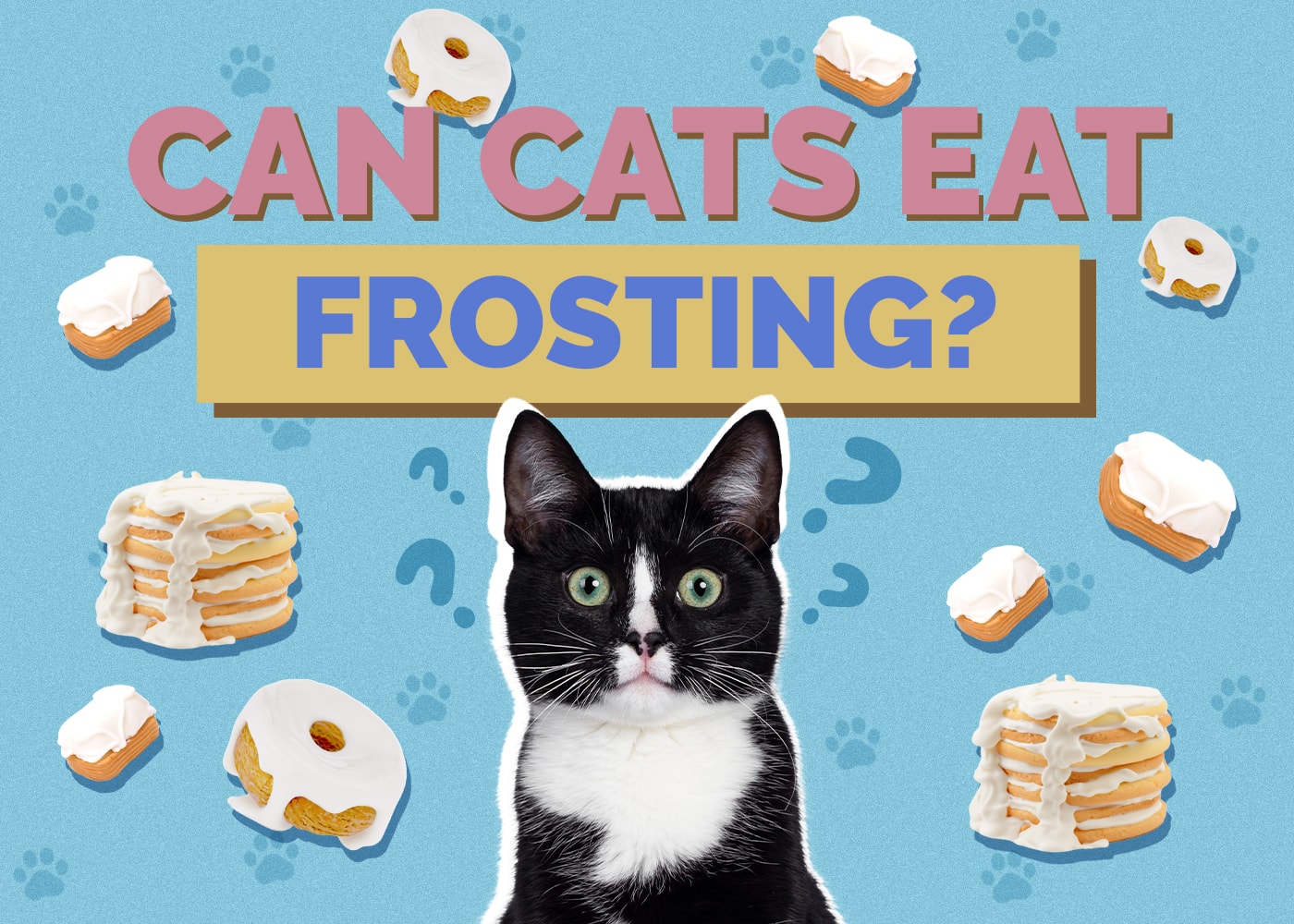Cats can eat frosting, but it is not recommended due to its high sugar content. Introducing cats to frosting should be done in moderation as it can lead to obesity.
While frosting is not toxic to cats, it is still high in sugar and calories, which can potentially cause vomiting, diarrhea, or other digestive issues. If you want to give your cat a taste of frosting as an occasional treat, it should be done in small amounts to avoid any adverse effects on their health.
It is important to note that cats do not have a sweet tooth like humans, so they may not enjoy the taste of frosting as much as we do.
1. Can Cats Eat Frosting?
While it is not toxic for cats to eat frosting, it is not recommended due to the high sugar content. Consuming a reasonable amount may not cause any harm, but it could lead to obesity.
1.1 Is Frosting Safe For Cats?
Frosting may be a delightful treat for us humans, but can cats indulge in this sweet confectionery as well? The answer is yes, but with some caution. Frosting itself is not toxic to cats, so if your furry friend happens to sneak a lick or two, there is usually no cause for immediate alarm. However, it’s important to be aware of the potential risks associated with cats consuming frosting.
1.2 Potential Risks Of Frosting For Cats
While frosting may be safe for cats in small amounts, it’s crucial to remember that cats are obligate carnivores and their bodies are designed to primarily process meat-based diets. Frosting, on the other hand, is high in sugar and fat, which can be harmful to feline health if consumed in excess or on a regular basis.
Excessive sugar intake can lead to various health issues in cats, including obesity, dental problems, and even diabetes. Additionally, the high fat content in frosting can contribute to weight gain and digestive issues in our feline friends. It’s essential to prioritize your cat’s well-being and provide them with a balanced and appropriate diet.
1.3 Moderation And Alternatives
If you want to give your cat an occasional taste of frosting, moderation is key. A small lick or a tiny amount might not harm your furry companion, but it’s crucial to avoid overindulgence. Be cautious and monitor your cat’s behavior and health after consuming frosting. If you notice any adverse reactions such as vomiting or diarrhea, it’s best to consult with your veterinarian immediately.
Instead of feeding your cat frosting, consider providing them with alternative treats that are specifically formulated for feline nutrition. Many pet stores offer a variety of healthy and tasty cat treats that are specially designed to meet their dietary needs. These treats are typically low in sugar and fat, ensuring that your furry friend gets a special treat without compromising their health.
In conclusion, while frosting may not be toxic to cats, it is not an ideal addition to their diet due to its high sugar and fat content. As responsible cat owners, it’s important to prioritize their health and provide them with a nutritionally balanced diet. If you want to treat your furry friend, opt for cat-approved alternatives that are specifically formulated to meet their dietary needs.
2. Exploring Different Types Of Frosting
When it comes to frosting, it’s important to know that not all types are safe for cats to eat. While some may be harmless, others can be toxic or cause digestive issues. In this section, we will explore different types of frosting and their potential effects on our feline friends.
2.1 Buttercream Frosting
Buttercream frosting is a classic favorite for many cake lovers. It is made by combining butter, powdered sugar, and flavorings such as vanilla or chocolate. While cats are generally lactose intolerant and should not consume dairy products, a small lick or taste of buttercream frosting is unlikely to cause any harm. However, it’s important to note that buttercream frosting is high in sugar and fat, so it should only be offered as an occasional treat, preferably in small amounts.
2.2 Chocolate Frosting
Chocolate frosting, on the other hand, is a big no-no for cats. Chocolate contains a substance called theobromine, which is toxic to cats. Even a small amount of chocolate can cause symptoms such as vomiting, diarrhea, increased heart rate, and even seizures. So, it’s crucial to keep any chocolate frosting or desserts containing chocolate out of your cat’s reach.
2.3 Cream Cheese Frosting
Cream cheese frosting is a creamy and tangy topping made with cream cheese, butter, powdered sugar, and vanilla extract. The good news is that cream cheese frosting is generally safe for cats to eat in moderation. However, some cats may have a sensitive stomach and might experience gastrointestinal upset if they consume a large quantity. So, it’s best to offer cream cheese frosting sparingly, as an occasional treat.
2.4 Other Types Of Frosting
Aside from buttercream, chocolate, and cream cheese frosting, there are many other types of frosting available, such as ganache, royal icing, whipped cream, and fondant. While these types of frostings may differ in taste and texture, the general rule of thumb for cats remains the same. Avoid offering them to your feline friends as they can be high in sugar, fat, and other potentially harmful ingredients.
In conclusion, when it comes to cats and frosting, it’s essential to be cautious. While some types of frosting like buttercream or cream cheese can be enjoyed in small quantities, others like chocolate frosting should be strictly off-limits. It’s always best to prioritize your cat’s health and stick to cat-friendly treats specifically designed for their dietary needs.
3. Tips For Keeping Your Cat Away From Frosting
Discover tips to keep your cat away from frosting to ensure their safety and well-being. While cats can eat frosting in small amounts, it is best to avoid giving them sugary treats due to the high sugar content and the potential risk of obesity.
3. Tips for Keeping Your Cat Away from Frosting
3.1 Managing Cat Begging Behavior
When it comes to cats and food, it’s no secret that our feline friends can be quite persistent in getting a taste of what we’re eating. Frosting, with its sweet and creamy texture, is no exception. However, it’s important to remember that while frosting may be tempting to your cat, it’s not a healthy or suitable treat for them. Here are some tips for managing your cat’s begging behavior:
- Establish clear boundaries: Cats are creatures of habit, and they can quickly learn when and where they can expect to be rewarded with food. Avoid giving in to your cat’s begging behavior by establishing clear boundaries and sticking to a consistent feeding schedule.
- Provide alternative distractions: Instead of giving your cat frosting, offer them a cat-friendly treat or toy to distract them from your food. This can help redirect their attention and satisfy their desire for a tasty morsel.
- Use positive reinforcement: Cats respond well to positive reinforcement. Reward your cat with praise, petting, or a small treat when they refrain from begging during mealtime. This will reinforce good behavior and discourage them from seeking out forbidden food.
3.2 Proper Food Storage And Disposal
Properly storing and disposing of food is essential for keeping your cat away from frosting. Here are some tips to follow:
- Store food securely: Make sure to keep frosting and other human food in sealed containers or in a location that is inaccessible to your cat. Cats have a keen sense of smell and can be quite determined when it comes to getting what they want.
- Dispose of food safely: When disposing of leftover frosting or other food items, be sure to do so in a way that your cat can’t access them. Seal it in a bag and dispose of it in a tightly closed garbage can or use a trash compactor to further eliminate any tempting smells.
- Clean up thoroughly: After enjoying a sweet treat with frosting, make sure to thoroughly clean up any spills or crumbs. Cats have a keen sense of smell and can be attracted to even the smallest residue. Wipe down surfaces and sweep up any fallen food to minimize the temptation for your cat.
3.3 Cat-friendly Treats And Alternatives
If you want to give your cat a special treat without risking their health, there are plenty of cat-friendly alternatives available:
| Treat | Description |
|---|---|
| Catnip-flavored treats | Catnip-flavored treats can provide a delicious and safe alternative to frosting. Cats are naturally attracted to catnip, and these treats can provide a satisfying taste without the harmful effects of sugar. |
| Freeze-dried meat treats | For cats who crave a meaty flavor, freeze-dried meat treats can be a great option. These treats are made from real meat and retain the natural flavors and nutrients that cats love. |
| Homemade cat treats | If you enjoy baking, you can try making homemade cat treats using cat-safe ingredients such as chicken, fish, or even pumpkin. There are plenty of recipes available online that are simple and cat-approved. |
Remember, when it comes to treating your cat, it’s important to prioritize their health and well-being. With these tips, you can keep your cat away from frosting while still providing them with delicious and safe alternatives.

Credit: www.askamanager.org

Credit: www.hepper.com
Frequently Asked Questions Of Can Cats Eat Frosting
Can Cats Eat Cream Cheese Frosting?
Yes, cats can eat cream cheese frosting. It is not toxic to them, but they may experience a mild transient bout of vomiting or diarrhea if they consume a large amount or if they are not accustomed to rich human food.
It is best to limit their consumption to avoid obesity and other health issues.
What Kind Of Cakes Can Cats Eat?
Cats can eat cakes as a once-off, but it’s best to avoid chocolate. Cake should not be a regular part of their diet. Cats shouldn’t consume icing due to its high sugar content, which can lead to obesity. Kittens and cats of any age should not eat icing or any sugary human food.
Can I Feed My Cat Cupcake?
No, it is not recommended to feed your cat cupcakes. Cats should not consume milk products or sugar, as they are harmful and can lead to digestive issues. Cats also do not have the ability to taste “sweet,” so there is no purpose in giving them cupcakes.
Is It Ok If My Cat Eats Ice Cream?
No, it is not okay for your cat to eat ice cream. Cats are lactose intolerant and cannot digest dairy products properly. Eating ice cream can cause digestive problems like bloating and diarrhea. It is best to avoid giving ice cream to your cat.
Conclusion
While cats can technically eat frosting, it is important to note that it should only be in small quantities. The high sugar content in frosting can lead to obesity and other health issues in cats. Although it is not toxic, some cats may experience vomiting or diarrhea if they eat too much.
It is always best to avoid feeding cats frosting and stick to their regular diet to ensure their well-being.

